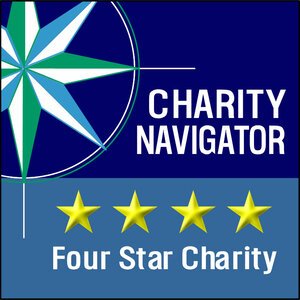Tribal Narratives
Zuni Running, Zuni, New Mexico
We go to the Zuni Pueblo to record the sounds of a relay run across New Mexico from Taos Pueblo to the Hopi Reservation commemorating the Pueblo Uprising against the Spanish in 1680, and walk with a Zuni elder to a Runners Meditation Rock on a mountain above the village where long-distance runners meditated in preparation for competition.
Spiritual leader Arnold Thomas: Photo by Patrick Brennan
Veterans Find Healing in Native American Tradition
As the wars in Iraq and Afghanistan wind down, America’s soldiers are returning home by the tens of thousands. Some of them are coming home with physical wounds and will face enormous challenges in their readjustment. Many more are coming home with wounds of the heart and mind, and are struggling with depression, substance abuse and other symptoms of Post Traumatic Stress Disorder (PTSD). And while doctors and researchers work to develop cutting-edge treatments for this affliction, the VA Center in Salt Lake City is offering a healing ceremony that reaches back to America’s first warriors: Native Americans. Each week, a group of vets attend a sweat lodge ceremony, held in a garden on the VA campus.
The sweats are conducted by Native American spiritual leader Arnold Thomas in a dome-shaped structure called a lodge. Sweats are common in Indian country, and ceremonies specifically designed to help returning warriors heal spiritually have taken place for centuries. Over the past several years, the sweats at the Salt Lake City VA Center have drawn increasing numbers of non-Native veterans as well, who've made them an integral part of their treatment for PTSD.
Visit Arnold Thomas' website: www.whitebuffaloknife.com
Visit the Salt Lake City VA: www.saltlakecity.va.gov.
Media producer Taki Telonidis found out about these sweats while conducting research for a larger project about Native Americans in the military called Healing the Warrior's Heart.
Buffalo skull leaning against VA Center sweat lodge, Photo by Taki Telonidis
Supaman, Photo: Brook More
Rap Music and Redemption on the Reservation
Our story reveals how a life-changing personal experience put Supaman, a Native American Hip Hop artist, on a different course, and infused his music with a new, positive message.
His music has followed the dramatic trajectory of his life on the Crow Reservation in southeastern Montana, from the early years celebrating the "gangsta" life he and his friends were leading, an existence marked by poverty, crime and substance abuse, to new messages of compassion, Christian love, and humor. Throughout, his songs still have signature rugged beats and heavy-hitting metaphors.
Supaman is part of a growing community of rappers on reservations in the West who are making music based on Native realities. Although Hip Hop was born in the inner city and originally reflected the experience of African American youth in the ghetto, it has resonated with Native Americans who face similar challenges out on remote reservations.
Navajo Churro Sheep
Our story traces the fall and rise of an animal that has been central to Navajo life for as long as anyone can remember, the Churro sheep. The Churro is woven into the tribe’s creation story, which mentions that Talking God created the Churro by using clouds for the body, willows for the legs, and rainbows for the hooves and horns. The Churro was also key to the economic survival of the Navajo on the harsh desert of the Southwest, providing them with food and clothing. Yet in modern times, the Churro was hunted to near extinction by the US government. Beginning in the late 1860’s with the forced relocation of the Navajo, and as recently as the 1940s these animals were hunted down by agents and shot on sight.
Tanibah Natani with sheep, Photo by Hal Cannon
Ceremonial smoke in the corral, Photo by Hal Cannon
Then in the 1970s a Utah professor stumbled upon remnants of the once-great Churro herds and began a campaign to bring them back. He partnered with Navajo herders and elders, and together they began to systematically breed and reintroduce these animals to the reservation. The return of the Churro has contributed to a revival of Navajo weaving, and the tasty meat has meant increased income for herders.
Roy Kady, photo by Taki Telonidis
But just as important has been the rekindling of the Navajo philosophy and spirituality that were always intertwined with the Churro. These animals are so important, that the Navajo use the expression: “Sheep is Life.”
Sheep rancher and Navajo spiritual leader Roy Kady hosts the annual celebration of Sheep is Life Celebration. This festival is organized by Navajo sheep herders and weavers to honor the central role of sheep and fiber arts in the spirituality, philosophy, and daily life of cultures throughout the world.
Healing the Wound of Wounded Knee, Pine Ridge Indian Reservation, South Dakota
Hal Cannon accompanies a group of Lakota Indians on an odyssey to reclaim the remains of their ancestor, a Lakota chief who was killed at the massacre of Wounded Knee in 1890, and tells the story of past and present as those remains are brought home. This and other stories are included in our Deep West Recording, Stories From Native America, now out of print.















